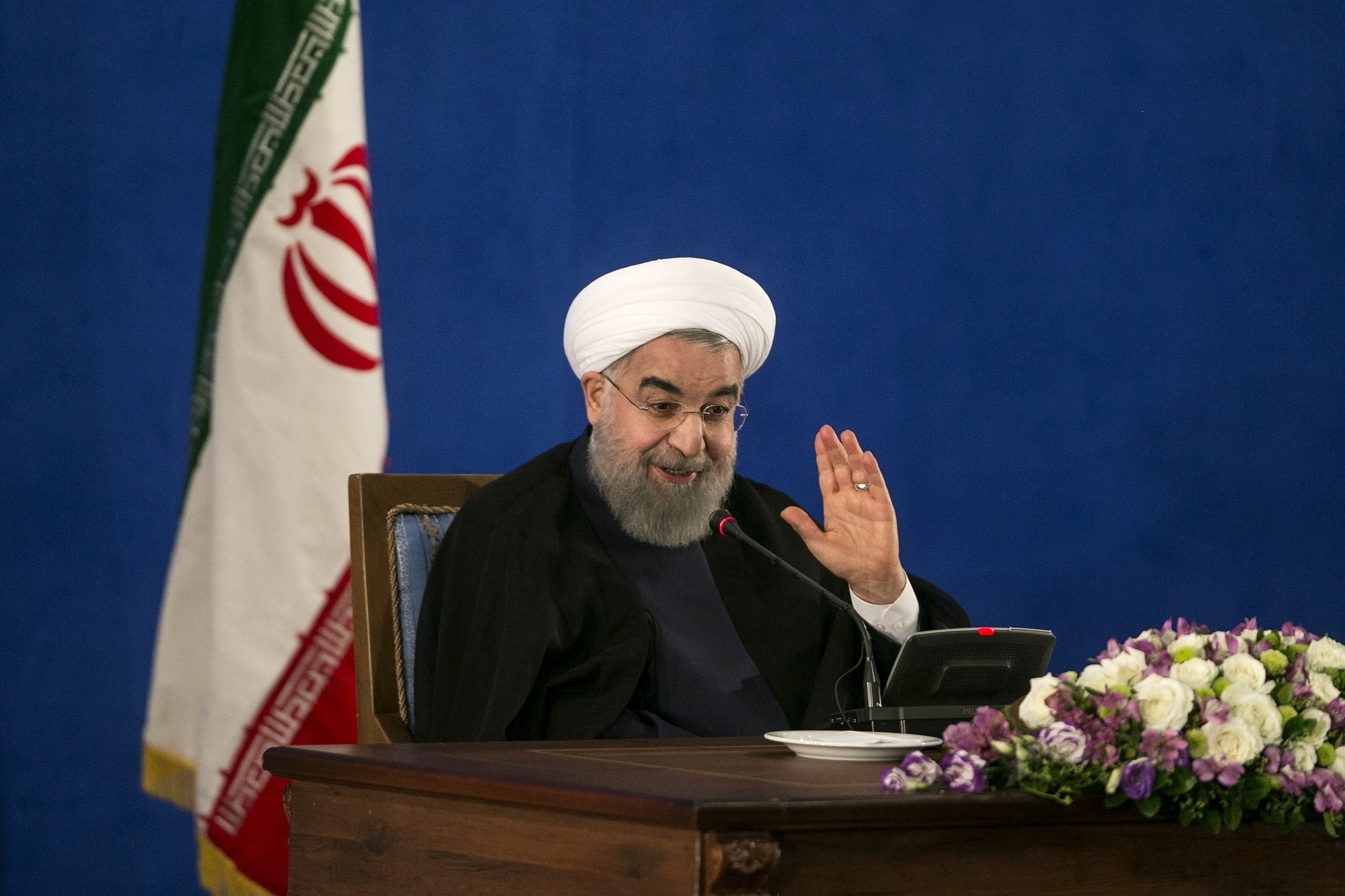
[alert type=white ]DISCLAIMER: all opinions in this column reflect view of the autor(s), not of Vocal Europe[/alert]
In a geopolitical theory published in 1904, Kazakhstan was identified as part of the Heartland that, if controlled, could be a pivot for the domination of the world.
More than a century after, an independent Kazakhstan has settled a vision to become a “Heartland of modernization” in Central Asia by affecting all sectors of society and business, and, last but not least, its energy mix.
In 1904, Halford John Mackinder wrote a paper destined to the Royal Civil Society called “The Geographical Pivot of History” which introduced his geopolitical vision of the world. A cornerstone in the understanding of the geopolitical concepts of the beginning of the 20th century, the paper presented the “heartland theory”, according to which the lands extending from Iran up to Central Asia until Russian borders were the key pivot in the Great Game: who would control the Heartland would control Eurasia, and who would control Eurasia could bid for world domination.
Kazakhstan, an enormous territory covered by endless green steppes and inhabited by populations with ancient tradition, was part of that heartland. More than a century after, history has traced a different path: since the break-up of the Soviet Union in 1991, Kazakhstan stands as a united, independent and sovereign country, which has been developing a multi-vector foreign policy with Russia and Eurasian Economic Union, China, the United States and the European Union. Nevertheless, it may be recognized to Mackinder to have grasped the potential of a country which aims to become a “heartland of modernization” in the Central Asian context.
Since 2014, the political leadership in Kazakhstan has promoted a multi-layered vision for modernization- impacting the Kazakh culture, traditions, politics, society and business- and which, ultimately, aims to lead the country toward a sustainable future. This fundamental shift has been carefully crafted by the country’s political leadership to have a steady and significant impact on the society.
On April 12, 2017 President Nazarbayev published the article “Course Towards the Future: Modernization of Kazakhstan’s Identity[1]”, in which he declared that “the large-scale economic and political reforms that we have started should be complemented with advanced modernization of our identity. This won’t just complement political and economic modernization but provide its core”. In the article, five priorities for the cultural modernization of Kazakhstan are outlined.
The first priority is the transition of the Kazakh language from the Cyrillic to the Latin alphabet before 2025, pursued through a staged approach to boost the country’s international reputation and competitiveness to attract foreign investors. This measure is intertwined with the widespread promotion of the study of the English language in the country’s schools system, in order to ensure that the younger generations will become world citizens.
The second one is the translation into the Kazakh language of the 100 best textbooks on humanities and social sciences at a global level so that they might be taught in the schools. The third priority is represented by the “Tugan Zher” (Homeland) program, aimed to improve and support the educational and cultural environments of Kazakhstan. Through the fourth measure, the country aspires to raise awareness on the Kazakh culture and traditions through the “Modern Kazakh Culture in the Global World” project. And last but not least, the project “100 New Faces in Kazakhstan” aims to spread the success stories of 100 Kazakh citizens and to promote a platform for dialogue and solidarity between the citizens.
Furthermore, President Nazarbayev announced the “Modernization 3.0”[2], which follows the first modernization plan-the creation a market economy in Kazakhstan – and the second modernization initiative – the implementation of the Strategy 2030 and the creation of the country’s capital, Astana.
The third modernization initiative sets out the agenda of the modernization of society of the next five years and intends to ensure economic growth, competitiveness and sustainable development, in order to path the way for Kazakhstan to join the thirty most developed countries by 2050. To achieve this goal, Kazakhstan intends to progressively diminish state ownership in national enterprises and to set the path for a more competitive economic environment for the SMEs by reducing the state control in state enterprises[3].
The ambitious societal reform goes hand in hand with the innovation policies pursued at the political and economic level. The political modernization, promoted through the 2015 “100 concrete steps”[4] Initiative, has shown the commitment of the authorities in reducing the extent of corruption in the country through an efficient legislation and in simplifying its complicated bureaucratic procedures. Despite the long way ahead of implementation of the afore-mentioned goals, the international organizations that closely monitor the state of play in the country such as the World Bank and the World Economic Forum have acknowledged the efforts accomplished by the country[5].
During the 46th annual session of the World Economic Forum in Davos, Switzerland, in January 2016 Kaushik Basu, the chief economist of the World Bank, declared: “Kazakhstan’s performance in doing business in the last year was truly impressive. It is important to build on this and promote inclusive growth. Kazakhstan has been strengthening in ICT-based governance. The country can use these advantages to diversify its production and capitalize on its advantage as a natural trade corridor. These are difficult times for all economies, but Kazakhstan has shown a determination that augurs well”[6].
However, the most striking sign of changing times is the significant devolution of power from the Presidential Office to the national parliament. On January 25, 2017 President Nazarbayev announced an unprecedented power shift from the presidential office to the national parliament which is intended to be “a serious redistribution of power and a democratization of the political system as a whole”[7].
More precisely, the proposed reform aims to reinforce the Mazhilis, the lower chamber of parliament, by granting it greater powers in the approval and dismissal of cabinet members and to devolve increasing power and competences to local governments. The decision has a double motivation. On the one hand, learning from the troublesome political crisis happened in neighboring Uzbekistan after the death of President Islam Karimov, Kazakhstan’s leader wanted to cope with the necessity of strengthening the national institutions vis-à-vis his succession. On the other hand, the move aimed to reassure the business environment and grant stability to the economic milieu and show willingness to face structural reforms.
The whole process altogether gives a clear indication that the Kazakh political leadership is willing to lead a multi-layered and concerted economic modernization aimed to enhance the country’s competiveness and prepare it to join the ranks of the world’s thirty most developed countries by 2050.
According to the World Bank[8], President Nazarbayev outlined five priorities for economic transformation: accelerated technological modernization of the economy; improved business environment; increased macroeconomic stability; enhanced quality of human capital; strengthened institutions, security and anti-corruption efforts. The leadership acknowledged the need to boost diversification of the economy through research and development of several sectors such as petrochemicals, innovation technologies and agriculture. The agricultural sector in particular displays a significant growth -but yet untapped- which can create jobs, raise rural incomes and contribute to the economy’s diversification.
However, one of the most remarkable elements is the governmental policy on the energy resources. After the break-up of Soviet Union, the country triggered its economic growth thanks to the discovery of the Tengiz and Kashagan oil fields and its gas and mineral resources. Nowadays, Kazakhstan stands as an energy rich country ranking as one of the top 12 richest countries in oil reserves and as one of the top 15 richest countries in gas reserves; therefore, thanks to its immense reserves, the country can be energy- self-sufficient for generations.
Nevertheless, the political leadership has opted to escape the natural path of the resource course and decided to introduce the renewable energies factor in the national energy equation, favored by the topological conditions of the national territory, which favors to build wind, solar and hydropower plants.[9]
Thus, the country has pursued a two-fold approach to create a favorable business environment for renewables. On one hand, Kazakhstan has crafted a favorable regulatory framework for the development of the solar, wind and hydropower, made up by the “Energy Efficiency Program”[10], approved in 2013 and the “Green Economy Law”, passed in 2016. Through the “Energy Efficiency Program”[11], the government set the task to reduce energy consumption by 10% every year until 2015 and to implement regional plans to use energy-saving technologies and materials in the housing and public utilities sectors.
The law “On introducing amendments and addenda to some legislative acts of Kazakhstan on the transition to green economy” or “Green Economy Law” aims instead to promote the efficient usage of resources and to boost the waste treatment and recycling process by focusing on three core areas: waste, electric power production and water resources regulation[12].
On the other hand, during the international Paris COP21climate conference, Kazakhstan committed to the ambitious energy efficiency goals to produce up to 50 per cent of its electricity from renewables by 2050[13]. Thus, the country gained the financial support of the European Bank for Reconstruction and Development (EBRD) and the Asian Development Bank (ADB) in the implementation of multiple green economy projects[14], among which the first large-scale wind farm in the country.
Since 2014, the EBRD and the Clean Technology Fund (CTF) financed the construction, connection to the power transmission grid, commissioning and launch of a greenfield 50 MW wind power plant located in Yereymentau, Central Kazakhstan[15]. The wind power plant is expected to offset 120,000 tons of CO2 per annum, an equivalent of 450 return flights from Astana to Almaty. At the time, Riccardo Puliti, EBRD Managing Director for Energy and Natural Resources, declared: “Supporting clean energy projects is at the core of the EBRD’s mandate. We stand ready to assist Kazakhstan in unlocking its potential in renewables by financing pilot projects with strong local and foreign companies”[16].
Furthermore, the Yereymentau wind power plant project has serving as a pilot for benchmarking and assessment of the efficiency of the new energy regulations and has therefore opened the floodgates for new flows of foreign direct investments over new green energy projects.
The progress in the inclusion of renewable energies in the national energy mix in the future can be undermined by several factors: eventual limits in the legislation, frequent electricity shortages, disruptions in the electricity grid and storage solutions, which still have to be overcome.
Nevertheless, as the national political leadership is determined to make Kazakhstan the new Central Asian “heartland of modernization” in the totality of the societal, political and economic aspects, the country is far down the road to become the leading proponent of renewable energy in the region.
___________________________________________
[1] http://www.akorda.kz/en/events/akorda_news/press_conferences/course-towards-the-future-modernization-of-kazakhstans-identity
[2] http://globalriskinsights.com/2017/03/reform-and-modernization-in-kazakhstan/
[3] http://globalriskinsights.com/2017/03/reform-and-modernization-in-kazakhstan/
[4] http://www.kazembassy.org.uk/en/pages/page/82
[5] http://thediplomat.com/2017/05/kazakhstans-renewable-energy-quest/
[6] http://astanatimes.com/2016/01/kazakh-reforms-well-received-at-world-economic-forum/
[7] http://globalriskinsights.com/2017/03/reform-and-modernization-in-kazakhstan/
[8]http://documents.worldbank.org/curated/en/585891494402103086/pdf/114856-9-5-2017-20-39-19-KAZCEUclearedforpublication.pdf
[9] http://thediplomat.com/2017/05/kazakhstans-renewable-energy-quest/
[10] http://primeminister.kz/en/news/0/na-zasedanii-pravitelstva-rk-prinjata-programma-%C2%ABenergosberezhenie-2020%C2%BB
[11] https://primeminister.kz/en/news/all/na-zasedanii-pravitelstva-rk-prinjata-programma-%C2%ABenergosberezhenie-2020%C2%BB
[12] http://www.lexology.com/library/detail.aspx?g=8a10a790-9165-48a8-a6de-af45ca382c6b
[13] http://www.ebrd.com/news/2016/ebrd-award-for-burnoye-first-solar-in-kazakhstan.html
[14] http://thediplomat.com/2017/05/kazakhstans-renewable-energy-quest/
[15] http://www.ebrd.com/news/2014/ebrd-finances-first-largescale-wind-farm-in-kazakhstan.html
[16] http://www.ebrd.com/news/2014/ebrd-finances-first-largescale-wind-farm-in-kazakhstan.html



